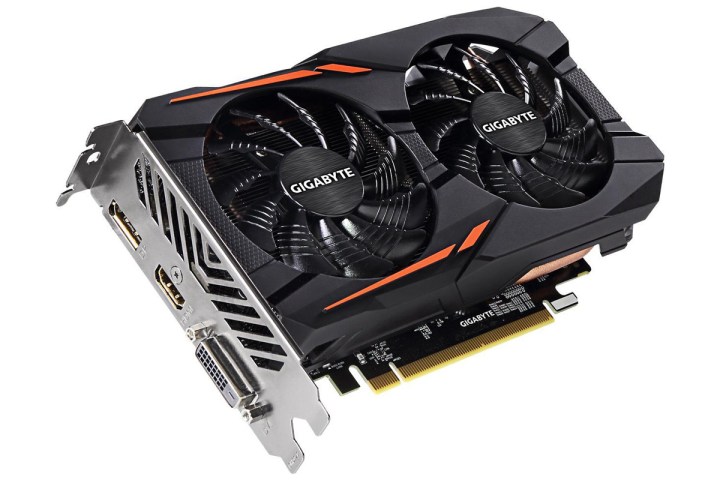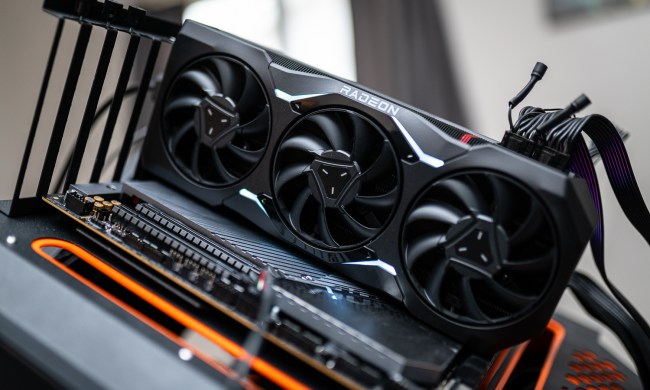
One of the hallmarks of games aimed at mass adoption, especially with a competitive, esports flavor to them, is that they aren’t too taxing on a system. Yes they can be prettier with high-end graphics cards, but they don’t need that to look good or hit high framerates. That’s what AMD is banking on with its RX 560, which is much more impressive than its predecessors, but hardly set to break any records.
That’s not what it’s designed for, though. In marketing material, AMD highlights that it’s capable of offering as much as 2.5 times the performance of an RX 360 from two generations past. It is also said to be capable of hitting 110 frames per second in Overwatch when running on ‘epic’ settings at 1080P.
The testing saw the card paired up with an Intel Core i7-6700K CPU and 8GB of DDR4, which helped deliver frame rates above 70 on average in Hitman and Battlefield 1, as well as 68 and 65 FPS in Doom and Civilization VI, all on medium settings.

The card itself sports 16 compute units, giving it 1,204 stream processors. As Hexus points out, the more apt comparison, with the RX 460, shows it adding a pair of CUs which gives it that extra 128 stream processors.
The clock speed has also been increased over its last generation counterpart, though that’s been a hallmark of the RX 500 series. It’s now 1,175MHz at base, with a boosted clock speed of 1,275Mhz, which works out to 85Mhz and 75Mhz more than the RX 460.
That added performance has raised the power requirements, too, though only by five watts. The new RX 560 demands just 80w of power to operate. Memory wise, buyers will have a choice between a 2GB and 4GB version, both using GDDR5.
The price tag for the RX 560 is around $100, though partner versions ranging up to $120 are already available if you want more advanced cooling and factory overclocks.




